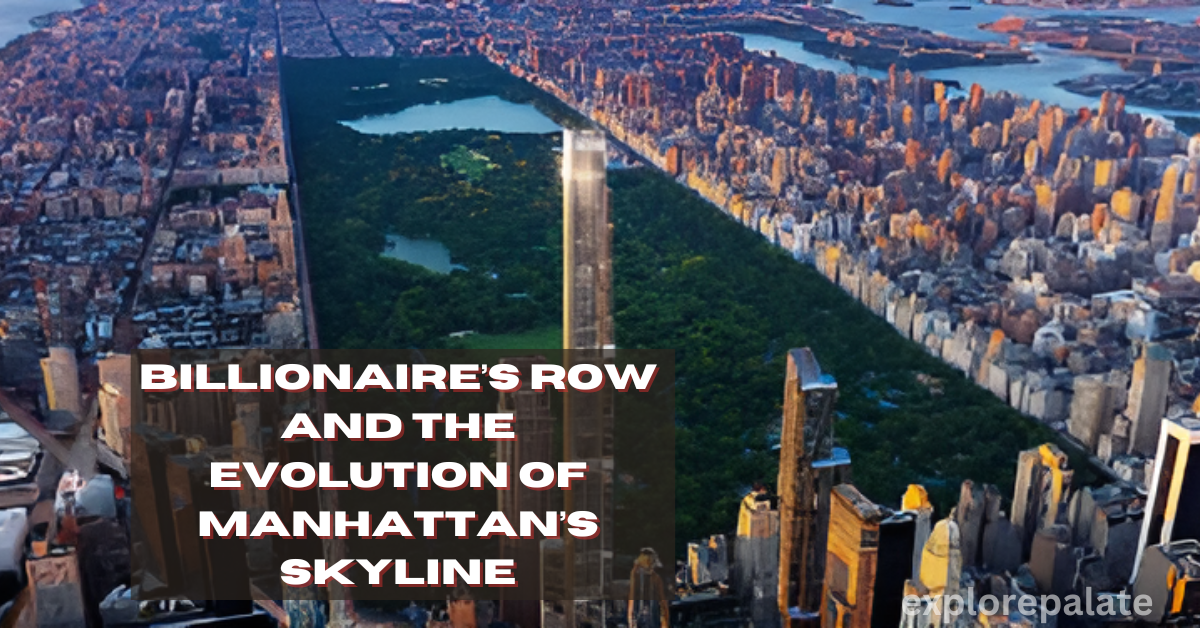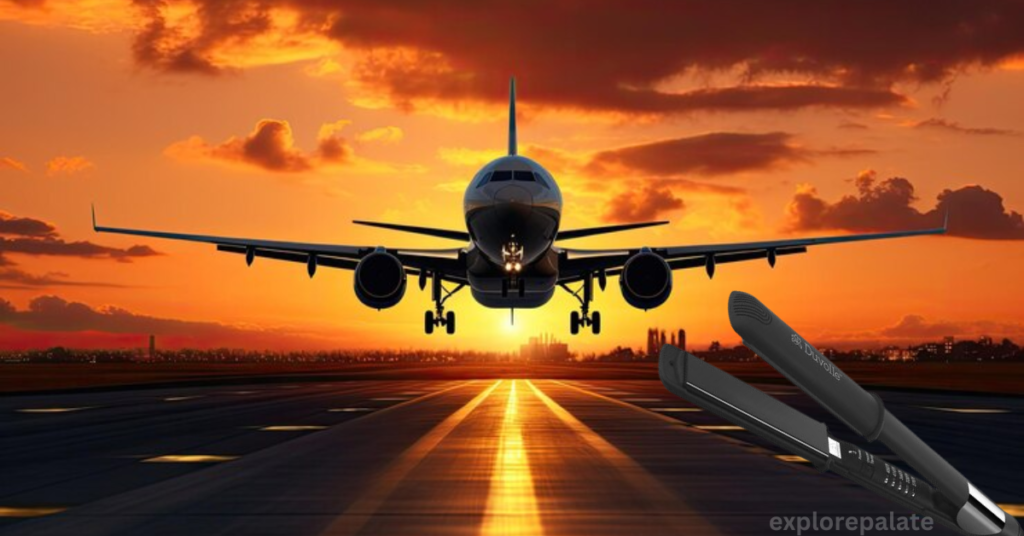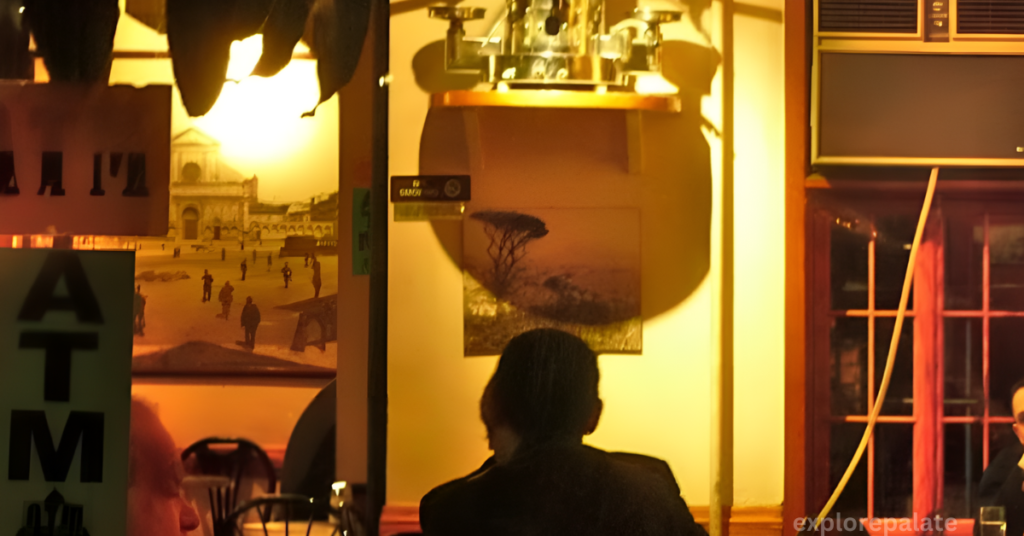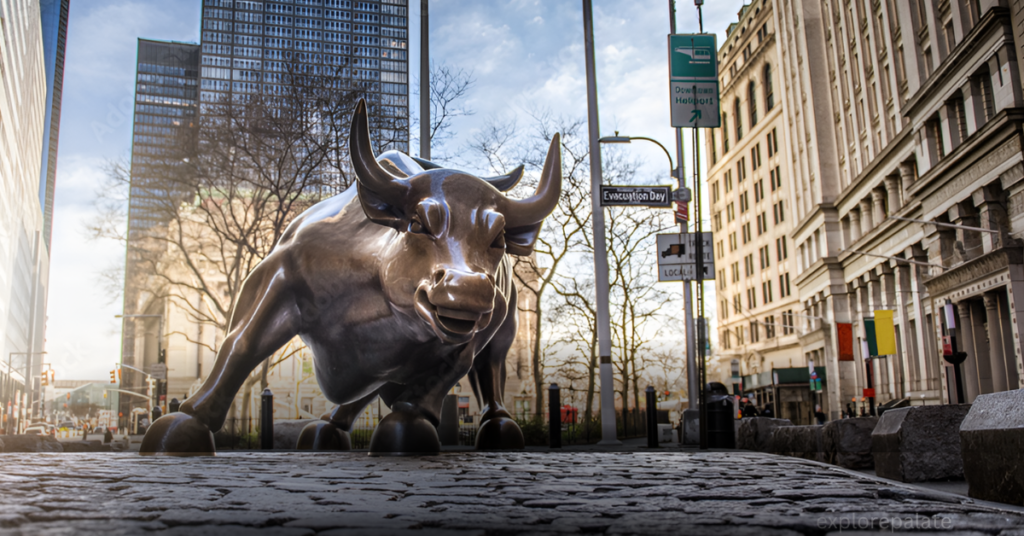In the heart of New York City, where the Big Apple skyline forms a silhouette that is recognizable worldwide, lies an aisle of grandeur the so-called Billionaire’s Row. It’s a stretch, particularly around 57th Street, where the economic conditions and wealthy individuals have enmeshed to redefine the city landscape with towering skyscrapers. As an observer and someone who has delved into the intricacies of urban development, the transformation of this strip is both awe-inspiring and controversial.
The Influence of Wealth and Foreign Investment
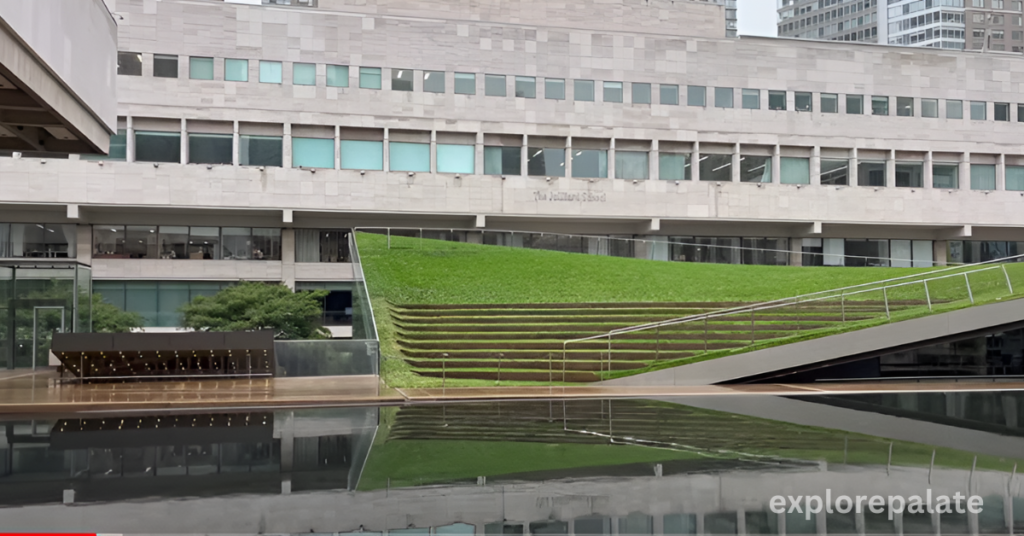
Walking through Central Park South, the ultra-luxury condominiums that line the streets are hard to miss. They are the mansions in the sky, owned by tycoons like Kenneth C. Griffin and tech giants like Michael Dell. Interestingly, not all of them play host to permanent residents. Many serve as pied-à-terres or, as some critics argue, glorified safe deposit boxes to shield capital outflow from volatile economic conditions abroad or for tax avoidance purposes.
Foreign investment from places like China, Dubai, and Saudi, with its fluctuating oil prices, has played a significant role in this vertical expansion. The ultra-luxury market, in particular, has seen a surge of Middle Eastern buyers and powerful moguls such as Sara Blakely and Daniel Loeb seeking multi-million-dollar units.
Supertall Skyline Changes
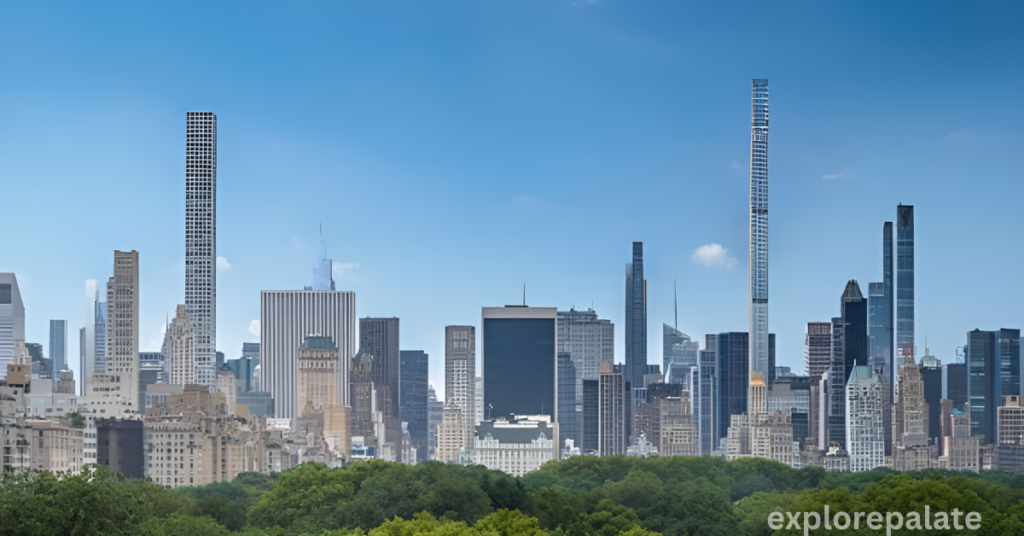
From the pinnacle of 432 Park Avenue to the sophisticated 111 West 57th Street, stand the tallest buildings in the precinct symbols of skyline evolution. They are not just structures; they are an architectural marvel, soaring high and creating shadows over the well-trodden paths of Central Park. In the fray to reach the clouds, zoning policies and the value of air space have manifested a new category supertall buildings. It’s a super tall order that has led projects like Central Park Tower, anticipated to be one of the luxurious tallest buildings globally, and 1 Park Lane, with their record-breaking prices and expensive residences, to be termed the Eight Digit Boom.
The trade-off has been considerable, though. The skyline has indeed become an affixed image on postcards, but the proliferation of these architectural marvels raises questions about the shadows they cast, metaphorically and literally, on the surrounding neighborhoods. There’s a noticeable jostle between the old New York of dwindling Seventh Avenue corner shops and these cold, glass luxury buildings.
A Reflection of Economic and Social Tolerance
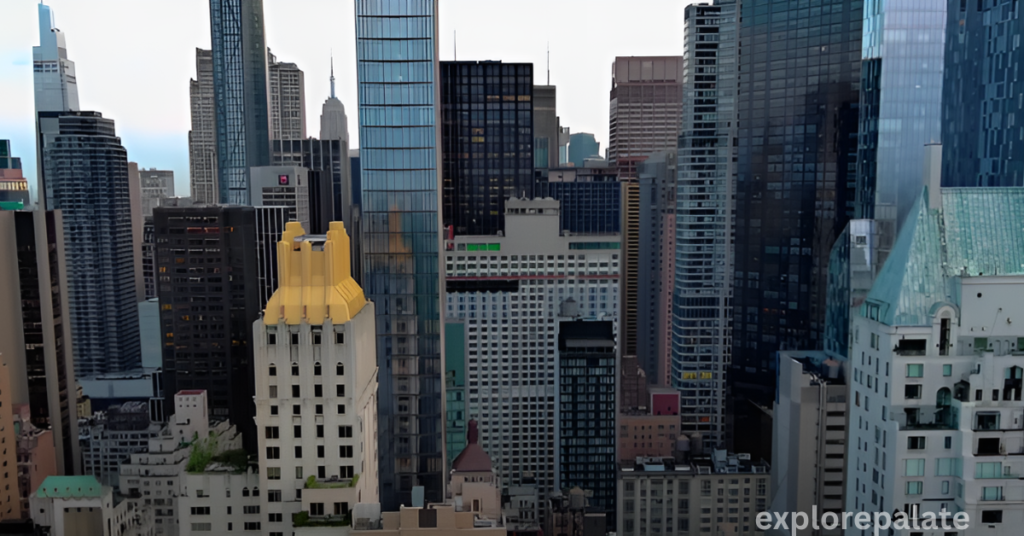
The emergence of Billionaires’ Row is more than just about the skyscrapers; it’s a reflection of global capital trends like Brexit’, China’s economic shifts, and the slump in oil prices that are manifesting physically in Manhattan. While the debate rages on about tax avoidance, trusts, the safe deposit boxes stature, or even the immoderately discussed number of bathrooms in a billionaire’s abode, there’s no denying the potent mix of need and extravagance that spurred such growth. Real estate in New York continues to be one of the most valuable and sought-after investments effectively, mirroring the uncertainty and soft market conditions fueled by global events.
As these neighborhoods ascend skyward, one can’t help but consider if this is just the beginning. Will these striking vertical expansions become the de facto for global cities from Hong Kong to Dubai? The panorama from the narrow strip between Sixth and Seventh Avenues highlights an irrevocable change a skyline evolution that has indelibly altered the worldview of what a city landscape should embody.
Conclusion
The evolution of Manhattan’s skyline, particularly with the rise of Billionaire’s Row, is emblematic of 21st-century urban transformation fueled by global capital and the allure of luxury living. Its growth reflects broader economic trends and a wealth disparity that is becoming increasingly more visible, both in urban landscapes and social fabrics.
The imposing superstructures, while architecturally significant, also raise discussions regarding urban planning, economic equity, and the shadows literal and figurative that they cast on the city below. As Billionaire’s Row continues to stretch toward the sky, it marks not only an evolution of the city’s skyline but also a stark indicator of the economic and social forces at play in our modern world.
You Might Also Like
FAQs
What is New York skyline Billionaires Row?
Billionaires’ Row is the name of a group of ultra-luxury residential skyscrapers, and the area surrounding them, near the southern end of Central Park in Manhattan, New York City.
Why is it called the billionaire’s row?
Why Is it Called Billionaire’s Row? There is no official requirement that one must be a billionaire to live in one of these ultra-luxury estates. But, the units are so expensive that it would be difficult for anyone without that kind of net worth to afford to live there, hence the billionaire’s row name.
How has the NYC skyline changed?
The New York City skyline looks a little different these days. Over the past 10 years, the city has added luxury supertalls (Billionaire’s Row), eccentric glass towers (Bjarke Ingels’ Spiral), and an entirely new neighborhood of skyscrapers above a railcar storage yard (Hudson Yards).
What celebrities live on the billionaire’s row?
Celebrities like Jennifer Lopez and Alex Rodriguez have also lived there, and hedge fund owner Mitch Julis bought a 432 Park Avenue Home along Billionaires’ Row for $92 million last August. As of 2023, there are over 700 units available on Billionaires’ Row in New York.
When did the Billionaires Row start?
Billionaires’ Row is the collection of ultra-luxury residential skyscrapers that line the southern end of Central Park. Construction on the first residential tower, One57, began in 2009. Shortly thereafter, six additional skyscrapers were built.

